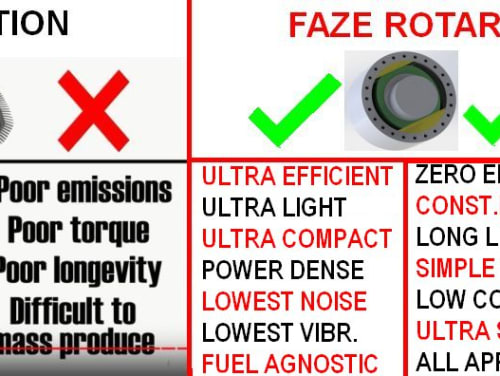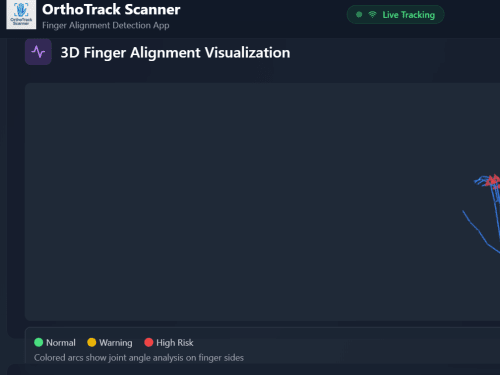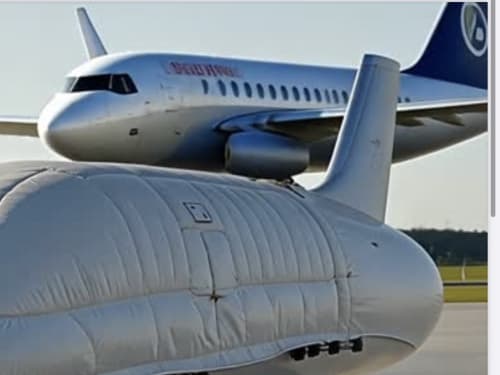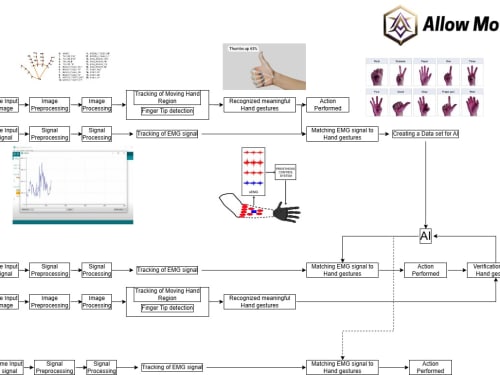Entries
Some diabetics have great difficulty controlling there glucose levels. "Brittle Diabetics." Most doctor guidance is not active enough or detailed enough to provide control. (One dose fits all.) I developed a statistical process control algorithm that accurately predicts insulin doses based on past statistical analysis of responses to insulin doses vs glucose readings and the current glucose reading.
Overview
NFTG is developing a simple, low cost, ultra-quiet, personal air vehicle, capable of rapid door-to-door mobility without requiring any operator license. [See my PersonalJet© submission]
It will be powered by one of our simple, low cost, maximally-efficient, zero-pollution rotary engine.
Background
Current modes of transportation are slow, tedious and costly, using failing infrastructures.
Modern portable devices such as computers, monitors, come with power adapters that work between 100V and 240V, 50Hz or 60Hz. However,
XTB™ expected benefits are light weight, superior strength, and ease of fabrication for products requiring a frame or support structure.
The XTB™ is a fabricated or extruded X section of carbon fiber crisscross wrapped in a high tensile Kevlar thread.
The HexaRev from VI-grade is a next-generation Driver-in-the-Loop (DiL) motion simulator that addresses a critical bottleneck in automotive development: the ability to accurately and safely evaluate vehicle behavior in highly dynamic scenarios—without reliance on physical prototypes. Traditional simulation platforms often struggle with realism, limited motion envelopes, and mechanical inefficiencies.
Dual-Robot Space Debris Collector System (Updated with Embedded Magnetic Net)
A Robotic, Magnetic-Adhesive Capture Network Designed for High-Efficiency Debris Retrieval in Orbit
Concept Summary
The Space Debris Collector system consists of two autonomous or semi-autonomous robotic satellites working in tandem to deploy and manipulate a specialized multi-layered capture net.
Inspiration: The idea for this project was inspired by research conducted by several universities, which focused on tracking finger misalignments using physical systems. These systems, while effective, are typically large, rigid, and require customization for each user. This limits their flexibility and practicality, especially for widespread testing across different age groups, from children to adults.
The HWDS is an innovative, autonomous ground-based (and future airborne) system designed to assist aircraft during emergency landings caused by landing gear failure. This mobile unit features a hydraulic wheel platform equipped with advanced cushioning—combining inflatable airbag-like structures and non-Newtonian materials—for shock absorption upon contact. Integrated robotic arms securely attach to the fuselage or gear assembly,
The MCYCLE is an innovative, enclosed two-wheeled vehicle that redefines personal mobility by combining the agility of a motorcycle with the safety and resilience of an fire, and environmental wear. This combination delivers cybertruck-grade protection in a smaller, more agile package — without infringing on existing patents.
To maintain balance and rideability,
Allow Motion revolutionizes upper-limb prosthetics with a modular, 3D-printed myoelectric system that adapts to any amputation level—from partial hand to full arm—via customizable, lightweight designs. By integrating AI-driven gesture recognition and 3D scanning of residual limbs, it eliminates the need for invasive surgery or pre-programmed patterns, enabling seamless human-machine interaction.
Page 9 of 44



_01_jul_2025.jpg)





